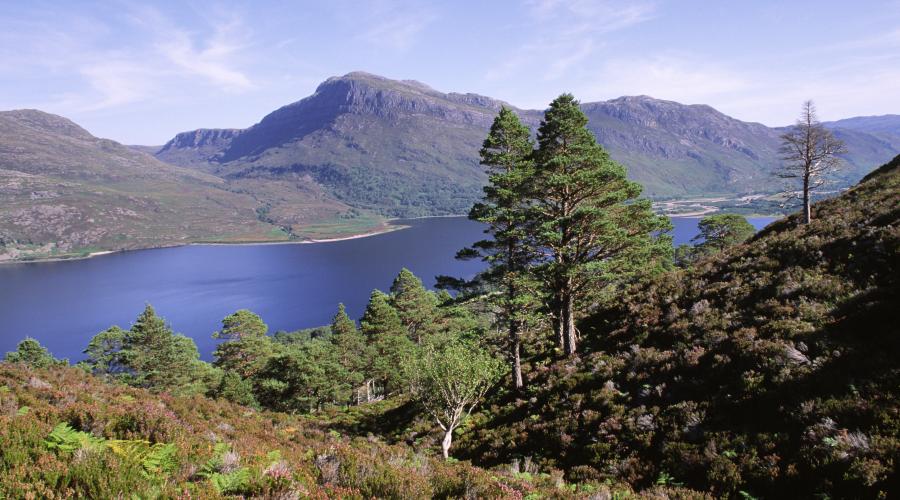
Testing a Natural Capital approach on NatureScot land
Natural capital is the world's stock of natural resources, which includes geology, soils, air, water and all living organisms. Natural capital 'assets' such as habitats and ecosystems provide a wide range of benefits to human wellbeing, known as ecosystem services.
NatureScot has tested a Natural Capital approach on land that we own or substantially manage, mainly as National Nature Reserves. This has allowed to us to understand the types and magnitudes of benefits that are being provided from our land.
This natural capital account is the first to be produced for NatureScot land. It uses an experimental methodology which needs further refinement but has been trialled as part of our role in promoting the concept of natural capital.
Where possible we have tried to attribute a monetary value to benefits from nature, this allows us to compare the different types of benefits and demonstrate the scale of benefits we get from NatureScot land in comparable terms. Not all ecosystem services could be valued, for example, flood management or the much less tangible cultural benefits such as spiritual or aesthetic values. Therefore, the full value may be much higher.
Biodiversity is fundamental for underpinning the habitats and ecosystems that provide benefits to us. It is impossible to attribute a monetary value to this function. A non-monetary biodiversity indicator was developed to understand the condition of the habitats on NatureScot land and their ability to provide these ecosystem services now and into the future.
Having good information on the state of the natural assets and the benefits it provides can help land owners and managers consider how best to use their land to benefit society.
These accounts will help to inform future decisions about NatureScot land and its management to secure greater benefits for people and nature.
You can read the full report Natural Capital on NatureScot land. We have also created a summary Piloting Natural Capital Accounts on NatureScot Land with an overview of the main findings and methodology.





